The term "wearable" is becoming obsolete. Now, as long as it mentions wearable technology, it will be described in terms of more simplistic popular words, smart bracelets, smart watches, smart rings and so on. According to industrial analysis, in the near future, wearables will be directly described as "clothing."
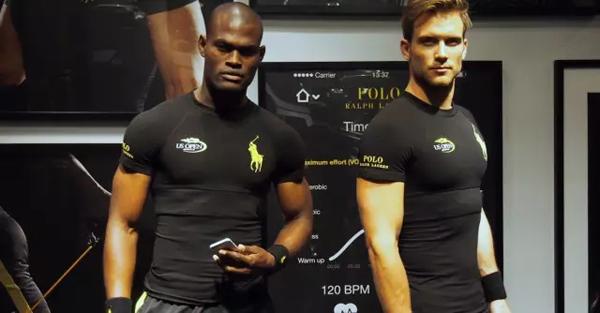
Facts and figures
According to a MarketResearch.com survey, it is estimated that 26 million pieces of smart clothing will be shipped in 2016. More and more companies are starting to produce smart clothes. The technology has become more stable and it is no longer easy to fail. People are also more concerned about scientific and technological content year after year; all factors have led to an increase in market share. However, the biggest reason may lie in the willingness of consumers to wear watches because not everyone likes to wear watches or wristbands, but everyone wears clothes. This is the trend that apparel manufacturers and technology companies are looking forward to. The garment industry produces 19 billion pieces of clothing each year, which is 150 times more than the output of mobile phones. Of course, it has become the future goal pursued by all manufacturers.
Smart Sportswear
Market size
At present, the sports industry is the bulk of smart clothing productivity. Many smart technologies used in clothes are wearable fitness equipment. Fashion companies have also begun to try to enter the market, such as the smart tennis shirt launched by Ralph Lauren, Tommy Hilfiger launched a solar jacket, but this year rely on innovative fabrics and sensors to accelerate development.
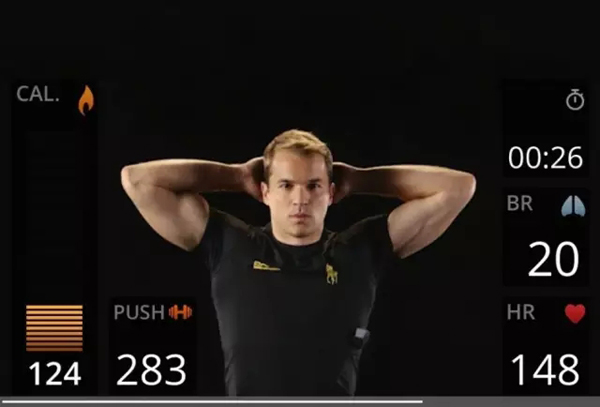
Ralph Lauren
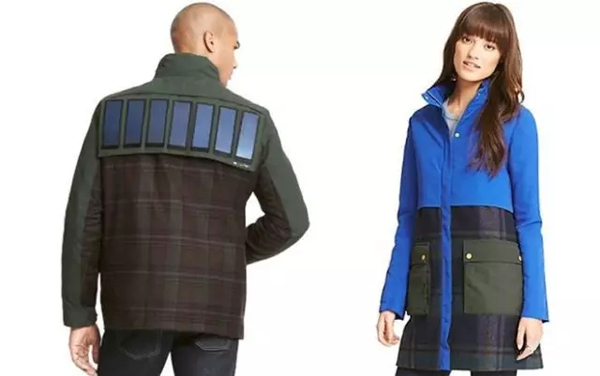
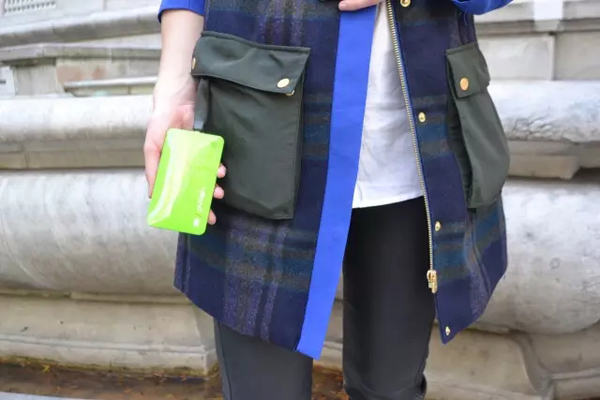
Tommy Hilfiger
Smart Fabric: Project Jacquard
Google announced two new projects, Project Soli and Project Jacquard, in June 2015 to reshape touch gestures and develop smart textiles. The Soli project wants to apply touchscreens, clicks, and swipes to other things that we use to control the phone. To this end, Google has developed small radar sensors that respond to hand movements. For Project Jacquard, Google developed conductive yarns that make it possible for woven fabrics to respond to touches and gestures. According to Google's introduction, sensor grids can also be woven into fabrics to create large interactive interfaces.
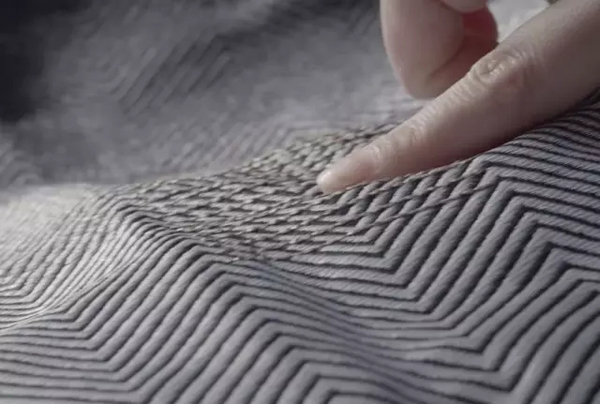
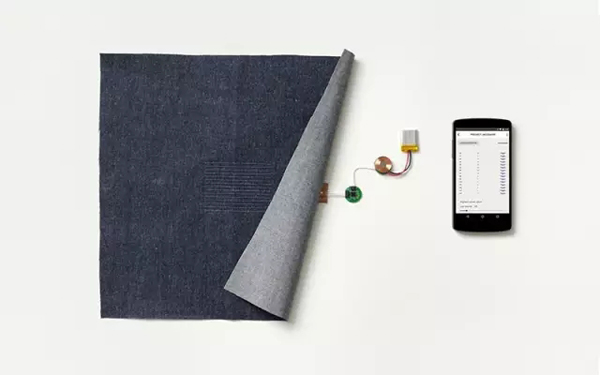
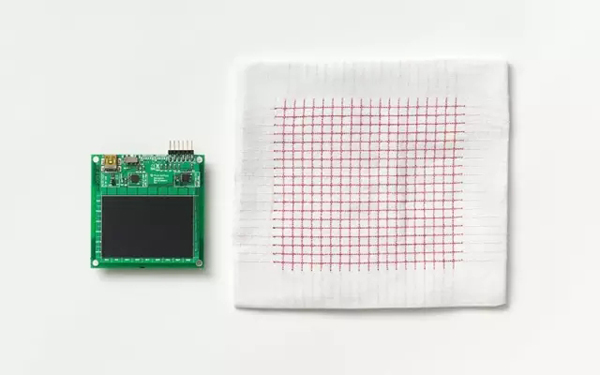
Project Jacquard
Smart clothing
At the 2016 CES show, Samsung smart clothing attracted much attention. Samsung smart suits send "Do Not Disturb" messages to colleagues when they are not wearing their smart suits. The Samsung Smart Belt can identify your waistline and record the number of steps you perform each day. If the wearer reaches the daily calorie intake, a message will be sent to the user. Digitsole smart shoes can record the wear of the shoes, automatically close to the wearer's ankles, wear heat and other functions.
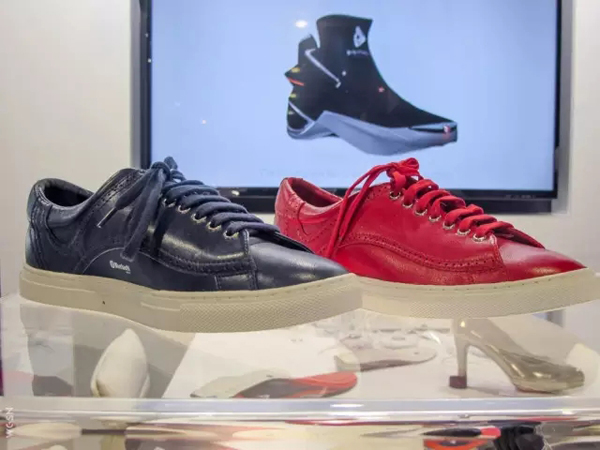
Digitsole
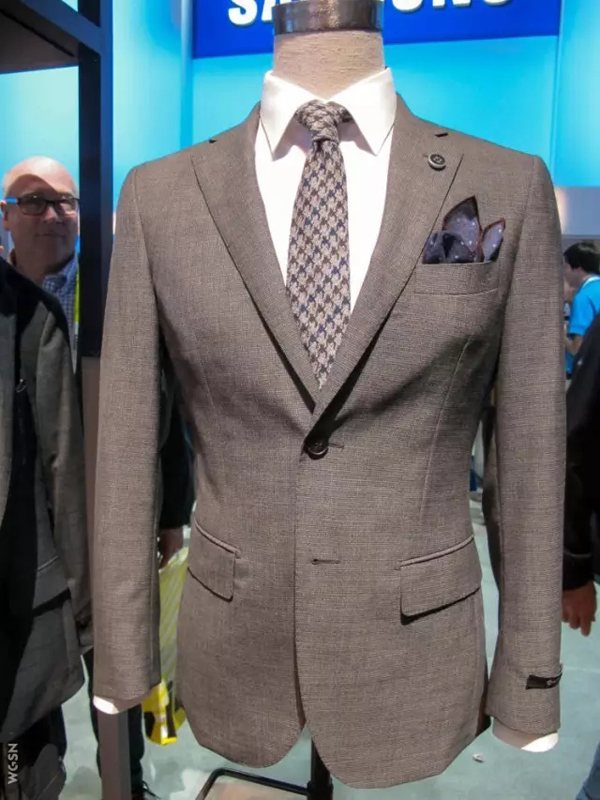
Samsung
Apparel manufacturers and designers want to integrate smart clothing into the design series, first to determine which features can add value to the garment. For companies without technical teams, finding the strategic partner with a technical team is the best choice. This is the simplest solution for producing sensors, fabrics and other software.
For more content, please follow this site
Cashmere Wool Scarf,Wool Cashmere Wrap,Cashmere Wool Wrap Scarf,Wool Cashmere Blanket Scarf
INNER MONGOLIA CASHMERE PRODUCTS CO., LTD. , https://www.grpashmina.com